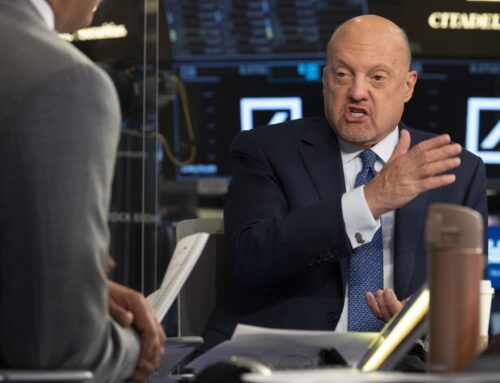Why Your Brain Is Wired to Be Bad at Investing—and How to Fix It
June 30, 2025
Fact checked by Katie Reilly
Most humans aren’t built for investing. Nobel Prize-winning psychologist Daniel Kahneman said our financial decisions are frequently driven by emotion rather than logic. That means we are likely to panic sell when markets crash and go all in when valuations are soaring, even if we know we’re supposed to do the opposite.
Investing like the greats requires being familiar with the cognitive biases responsible for our shortcomings and learning not to let emotions get the better of us.
Key Takeaways
- Emotions tend to override rational thinking, which is a recipe for disaster when it comes to investing.
- Understanding how our natural programming is ill-suited for investing can help us recognize when we are about to make a mistake.
- One key step is pausing when emotions kick in and rationally analyzing the situation before taking any action.
How the Mind Works
A good way to prevent bad investing decisions is to be aware of the biases behind that behavior. Marguerita Cheng, a certified financial planner and CEO of Blue Ocean Global Wealth, identifies 10 key biases:
- Overconfidence bias: Many people wrongly think they’re better than average at investing, which can lead to excessive trading, ignoring good advice, refusing to diversify, and poorly assessing risk.
- Herd mentality: Doing what others do can make us feel safer, which is why we buy overbought stocks and sell during downturns.
- Familiarity bias: Our tendency to favor things we’re familiar with can result in ignoring superior investments, building a portfolio that’s too heavily concentrated, and sticking with losers.
- Endowment bias: People often value objects they own more than objects they don’t, prompting them to stick with poor investments and overlook better opportunities.
- Changing risk preferences: People’s appetite for risk constantly fluctuates based on emotions and recent experiences rather than objective assessment.
- Negativity bias: We tend to focus more on negative experiences or information, which can lead investors to overreact to short-term news and leave positions prematurely.
- Anchoring bias: We rely too much on the first piece of information encountered when making decisions, causing us to do things like wait too long for a stock to bounce back.
- Confirmation bias: We generally interpret new evidence as confirmation of our preexisting beliefs.
- Attachment bias: We often overvalue assets we own or inherit.
- Mental accounting bias: Investors might categorize and treat money differently depending on its source and intended use.
How to Respond Instead
Behavioral financial advisor Yohance Harrison says our first reaction when investing is often the wrong one because of the way the human brain is wired to respond to potential threats of danger. The typical fight-or-flight response, he said, is useful if you encounter a bear but not a bear market. That’s because it generally leads people to sell when prices are low and then pile back in again after everybody else has.
According to Harrison, combatting this tendency requires “training your brain how to respond, rather than just react,” which can be achieved with a simple exercise. The next time your portfolio experiences volatility, before you react, pause and ask yourself the following questions:
- What are my values?
- What are my goals for this investment?
- When do I need to use this money?
- Has my plan changed?
- Do I understand why this is happening?
- What are my options and the potential repercussions of taking action?
Pausing before taking action is good advice, but according to Kahneman, awareness alone usually isn’t enough to overcome our biases. That’s why some experts recommend structural safeguards, such as automated stop-loss orders or even handing over your investment decisions to a professional.
The Bottom Line
If you don’t want to make expensive mistakes, you need to accept that your first reaction to any market situation might be the wrong one. Being a good investor generally requires going against our basic human instincts. Understanding our ingrained biases and pausing and questioning our impulses before making a decision can help. It would also be useful to remove temptations by checking our portfolio less frequently and automating investments as much as possible.
Read the original article on Investopedia
Search
RECENT PRESS RELEASES
Related Post




